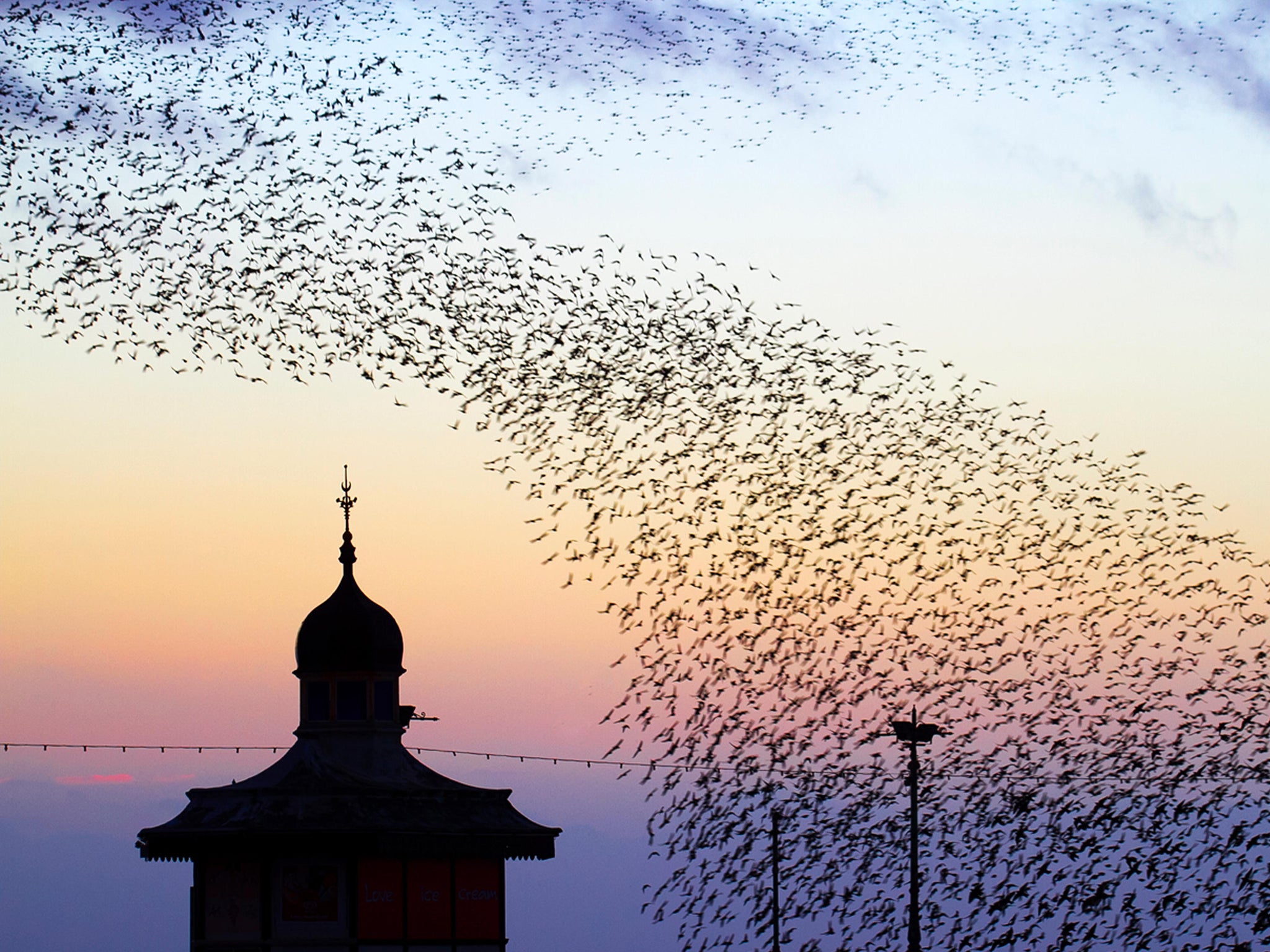Scientists discover why old birds never go grey with age
Birds are able to produce intensely-coloured plumage by manipulating the way light is reflected from their feathers

Your support helps us to tell the story
From reproductive rights to climate change to Big Tech, The Independent is on the ground when the story is developing. Whether it's investigating the financials of Elon Musk's pro-Trump PAC or producing our latest documentary, 'The A Word', which shines a light on the American women fighting for reproductive rights, we know how important it is to parse out the facts from the messaging.
At such a critical moment in US history, we need reporters on the ground. Your donation allows us to keep sending journalists to speak to both sides of the story.
The Independent is trusted by Americans across the entire political spectrum. And unlike many other quality news outlets, we choose not to lock Americans out of our reporting and analysis with paywalls. We believe quality journalism should be available to everyone, paid for by those who can afford it.
Your support makes all the difference.Scientists have discovered why old birds never go grey with age, why green tree frogs turn blue when dead and why a red sweater might in future be washed with white shirts without turning them pink.
It all comes down to the novel way that many birds are able to produce intensely-coloured plumage by manipulating the way light is reflected from their feathers.
A study of a single barb in a jay’s wing feather has revealed that it contains a network of sub-microscopic holes within a spongy matrix that accounts for the overall hue of the bird’s plumage, scientists said.
The research has shown that the colour of a feather barb can turn from white to blue purely as a result of the change in the size of the holes within the spongy filling – the first time that bird colouration has been explained in such minute detail.
The study can explain why the brightly coloured feathers of many birds do not fade in sunlight or go grey with age, unlike human hair which relies on the continuous production of the dark pigment melanin as each hair grows from its follicle.
The results of the study might also lead to the invention of new types of “structural” colours, which are not based on pigments, for commercial paints and dyes that never fade in sunlight or run in the wash, the researchers said.
“This discovery means that in the future we could create long-lasting coloured coatings and materials synthetically,” said Andrew Parnell of the University of Sheffield, the lead author of the study published in the journal Scientific Reports.
The researchers used a powerful x-ray instrument called the European Synchrotron Radiation Facility in Grenoble to build up detailed images of the spongy nanostructure within the jay’s feather barb, down to a scale of a billionth of metre.
They found that the size of the holes within the spongy layer, which are under genetic control, determined which wavelengths of light – and hence colour – were reflected and so seen by other birds or humans.
“We have discovered it is the way in which it is formed and the control of this evolving nanostructure – by adjusting the size and density of the holes in the spongy-like structure – that determines what colour is reflected,” Dr Parnell said.
“Current technology cannot make colour with this level of control and precision – we still use dyes and pigments. Now we’ve learnt how nature accomplishes it, we can start to develop new materials such as clothes or paints using these nanostructuring approaches,” he said.
“It would potentially mean that if we created a red jumper using this method, it would retain its colour and never fade in the wash,” he added.
The finding could also explain the unusual colouration of other animals, such as green tree frogs which mysteriously turn blue after death, said Adam Washington of Sheffield University, a co-author of the study.
“This is because to create the colour green, a very complex and narrow wavelength is needed, something that is hard to produce by manipulating this ‘tuneable’ spongy structure,” Dr Washington said.
“As a result, nature’s way to get round this and create the colour green – an obvious camouflage colour – is to mix the structural blue like that of the jay with a yellow pigment that absorbs some of the blue colour,” he said.
When the green tree frog dies, the yellow pigment quickly disintegrates, leaving the structural blue to dominate, he explained.
Colours are usually produced by pigments that reflect a certain wavelength of light to produce a particular colour of the visible spectrum. Other visible wavelengths are absorbed by the pigment, making them invisible.
However, it has been known since the days of Isaac Newton and Robert Hooke in the 17th Century that there is another way of producing colours using microscopic layers or surfaces that reflect light waves in such a way that they interfere with one another.
This so-called structural colouration is known to play a role in many kinds of vivid displays in nature, such as the iridescent wings of beetles to the brightly coloured feathers of peacocks and kingfishers.
Join our commenting forum
Join thought-provoking conversations, follow other Independent readers and see their replies
Comments